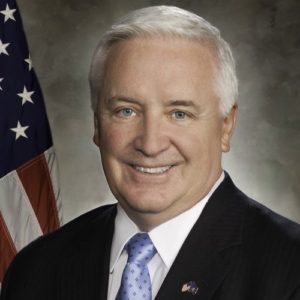Bill Would Create New Residency Positions
 A new bill before Congress would create 15,000 new Medicare-sponsored medical residency spots – the first such new positions in 15 years.
A new bill before Congress would create 15,000 new Medicare-sponsored medical residency spots – the first such new positions in 15 years.
Half of those slots would be for physicians training for careers in primary care.
The bill, which has bipartisan sponsorship, would cost between $9 billion and $10 billion over the next 10 years.
Medical residents play a major role in caring for low-income and uninsured patients in many Pennsylvania safety-net hospitals.
Read more about the possibility of new medical residency slots in this article from The Hill.





